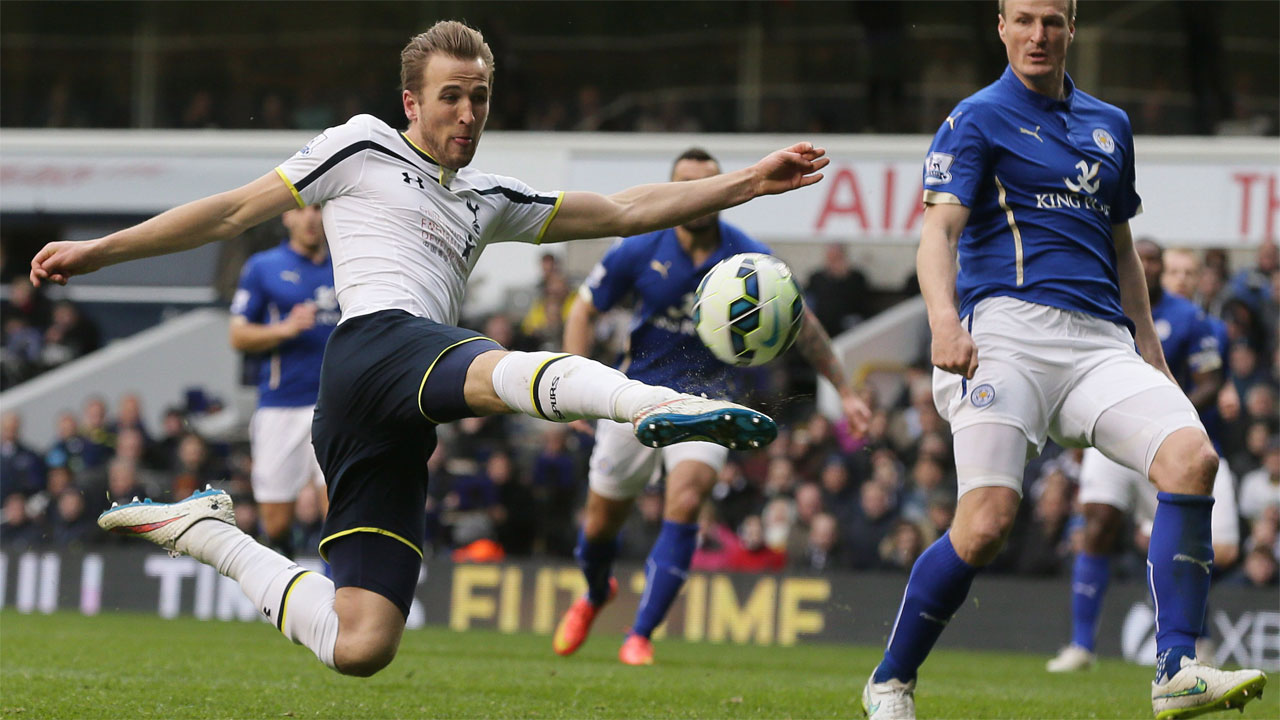The size of the soccer pitch should not drastically affect the outcome of a game. But if we are to accept that the aggregation of smaller moments, leading to more drastic moments change and shape games then the size of the football pitch should be accepted as a significant variable.
Yes, professionals have played on pitches of all sizes starting when they were young and through their journey to become a footballer. But, standardized size of football pitches come into a player’s life fairly early and they are exposed spatially to what they will be playing on and reacting within for the rest of their professional lives. This space defines the boundaries of possibility.
As a player you are told to trust your instincts, to rely on muscle memory and intuition to largely shape your game on the pitch. The more you practice similar scenarios, in similar spaces, under similar, simulated pressure then the more ready you will be when it matters, on the pitch.
The international game has done as much as possible to eliminate field dimensions as a flexible variable to affect play. UEFA bylaws mandate that for any UEFA Europa League or UEFA Champions League match the host stadium must be a “Category 4” stadium, which in turn has to have the field dimensions of 105 x 68 metres. This is obviously just as much about standardizing as it is making sure that no team has or creates an unsuspected advantage.
MORE ON THE UEFA CHAMPIONS LEAGUE: Sportsnet panel’s picks and predictions || PSV set to crash into Atletico Madrid fortress || Arsenal’s Sanchez a man of brilliant moments || Photo gallery: 10 to watch in Champions League || Photo gallery: Round of 16 matchups || Analytics: Europa League vs. Champions League
Although international club competition mandates a strict size policy, the domestic leagues have guidelines. The Premier League states: “For UEFA Club Competitions the pitch must measure 105 metres in length by 68 metres in breadth exactly. If for technical reasons of a construction related nature it is impossible to achieve the required dimensions a UEFA Club Licence may nevertheless be granted provided that the pitch is minimum 100 metres to maximum 105 metres in length by minimum 64 metres to maximum 68 metres in breadth.”
Due to this stipulation to bail certain stadiums and clubs out of stricter guidelines, there have been examples in the past of clubs and managers directly relating their side’s performance to field dimensions.
In 2014-15, following a sluggish start to the Premier League campaign, Tottenham boss Mauricio Pochettino pointed toward the physical dimensions of their home pitch for their poor home form. “Our style means we need a bigger space to play because we play a positional game … It’s true that White Hart Lane is a little bit tight and it’s better for the opponent when they play deep,” he said.
White Heart Lane, Tottenham’s home ground, did house one of the smallest pitches in the league that season (100 x 66m), and the manager clearly felt it had an effect. Pochettino had, and still maintains, and idealistic vision of a system being implemented for the long term at Tottenham and expressed his concerns of its potential effectiveness in a restricted space.
Although managers sometimes grasp at straws to blame something other than their personal responsibilities, there are examples of coaches intentionally fighting to maintain the size of their pitch because they think it suits the team’s style of play. While in charge at Stoke City, Tony Pulis took issue with UEFA when the Potters were forced to widen their pitch to comply with UEFA international match standards for a Europa League match.
“When Everton play in Europe they don’t extend their pitch and when Liverpool play in Europe they don’t extend theirs either, but we take notice of Europe and we have to do that,” Pulis complained.
Pulis then reassured the public that the ground will be back in standard order and size for their following, domestic Premier League match and suggested that the size compliments Stoke’s style of play.
“We will have the pitch the same size as we’ve had it for the last three years in the Premier League … It’s a size that suits us as it lets us to play close together as a team, particularly for the wide players,” he said.
There are stories in the past of managers changing pitch sizes to restrict the opposition’s ability to play in international competition. Graeme Souness, in 1987, famously had Scottish side Rangers’ pitch drastically shortened the night before a European Cup quarterfinal match against Steaua Bucharest to restrict their play.
“The pitch didn’t have to be fixed width as long as it was above a certain minimum, so I thought: Right I’ll make it the absolutely minimum … On the Tuesday afternoon the Kyiv players trained on the pitch when it was the normal size. On the Wednesday night they came out for the match and must have been shocked to discover that, after 15 paces, they were on the touchline. It wasn’t purish stuff but it was within the rules,” Souness said.
Analytically it’s a wash in the current UEFA Champions League format to look at field dimensions and its effects because of the strict standardization of size. But, the people who interact with the dimensions the most, the players and managers, believe it has an effect. This must be worth something, and points to a larger disconnect between analytics and the actual sport of soccer.
Coleman Larned is soccer analytics writer based in Antwerp, Belgium. Follow him on Twitter



